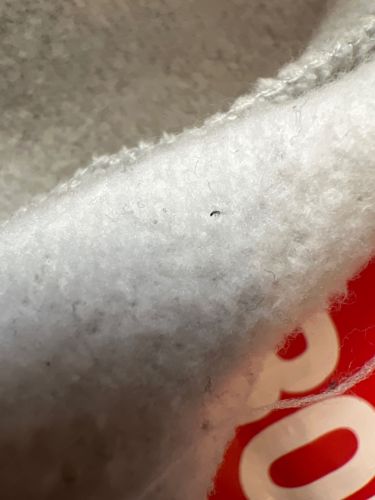Flea
Scientific Name: Siphonaptera
Order & Family: Order: Siphonaptera, Family: Pulicidae (most common)
Size: Typically 1.5 to 3.3 mm (0.06 to 0.13 inches) long

Natural Habitat
Fleas are ectoparasites, meaning they live on the outside of a host. They are often found in animal fur or feathers, and in human dwellings, particularly in carpets, bedding, and pet resting areas.
Diet & Feeding
Adult fleas feed exclusively on the blood of their warm-blooded hosts (mammals and birds). They are obligate hematophagous parasites.
Behavior Patterns
Fleas are wingless insects known for their ability to jump significant distances relative to their size, allowing them to move between hosts. They have a complete metamorphosis (egg, larva, pupa, adult). Larvae feed on organic debris, including adult flea feces (flea dirt), while adults feed on blood. They are typically nocturnal or crepuscular, but will feed when a host is available.
Risks & Benefits
Potential Risks: Fleas can cause itching, skin irritation, and allergic reactions (flea allergy dermatitis) in hosts. They can also transmit diseases, including plague (Yersinia pestis) and murine typhus (Rickettsia typhi), and act as intermediate hosts for tapeworms (e.g., Dipylidium caninum). Potential Benefits: Fleas do not offer significant benefits to ecosystems or humans. In large numbers, they can serve as food for some predatory insects or small animals, but this is a minor ecological role.
Identified on: 10/22/2025